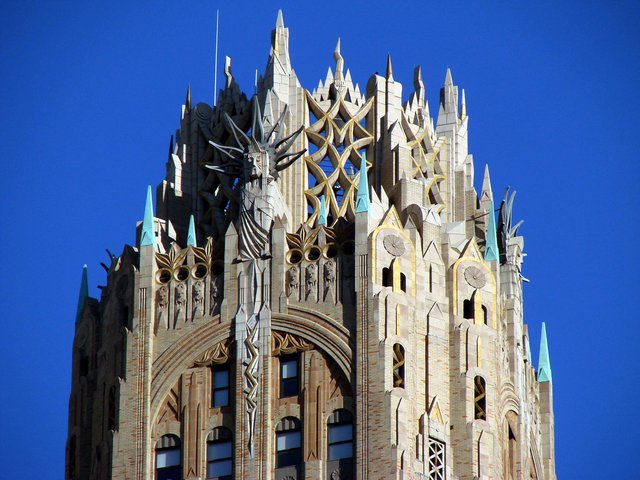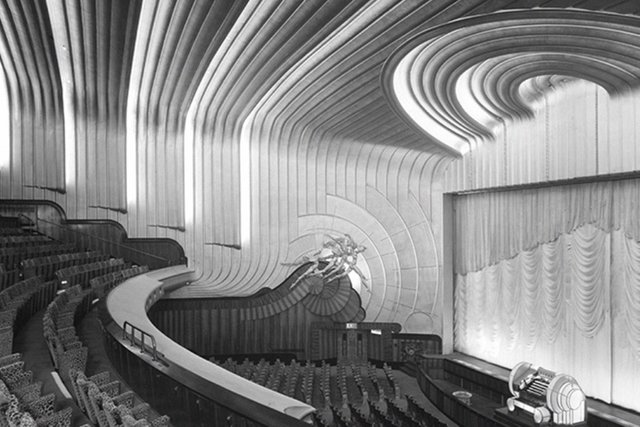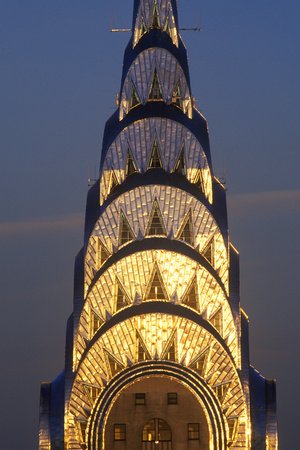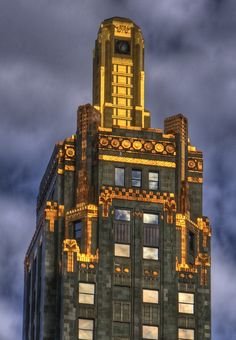Art Deco

In the French "Style Moderne" (Modern Style), decorative arts and architecture emerged in the 1920s and became widespread in the 1930s.
Its name comes from the International Contemporary Decorative and Industrial Arts Exhibition, which was exhibited for the first time in Paris in 1925. Art Deco, which has been transformed into a mode of modernization, has also included mass production goods as well as luxury goods made by hand. In both cases, the aim was to create aesthetics outside of traditional and elegant, symbolizing prosperity and a refined level of appreciation.
The distinguishing features of this style are the use of simple and pure forms, often stylized in geometric or natural forms, which are often dominated by a fluid line, of extraordinarily diverse and often expensive materials. These may be the materials found in nature such as jade, silver, ivory, obsidian, chrome, necé, plastic, and especially man made materials such as bakelite, vita-glass, concrete. Serial production is rare in Art Deco works. Nonetheless, these stylistic qualities reflect the admired admiration of the modernity of machines and the design qualities that appear in machine products (eg simplicity, flatness, symmetry and unchanging elements).
Art Deco was shaped by the influences of Sergey Diaghilev's Russian Ball, such as Art Nouveau, Bauhaus and Cubism. In the Bezeme program, besides natural resources, there are traces of American indigenous art, Egyptian art and Early Classical period of Ancient Greek art. Nude female figures, animals (especially deer, antelope and gazelle), leaves and sun rays were the most characteristic items used.
Most of the famous Art Deco creators were interested primarily in the design of a single, or limited, number of produced shots. These include furniture designer Jacques Ruhlmann and Maurice Dufrene, architect Le Corbusier, miner processor Jean Puiforcat, glass designer Renê Lalique, fashion designer Ertê, jeweler Raynmond Templier, Jean Fouquet René Robert, H.G. Murphy, Wiwen Nilsson and Scripter Chiparus. Fashion designer Paul Poiret and graphic artist Edward MeKnight Kauffer have achieved a wider cut with their products. The Rockefeller Center in New York (especially the interior design inspired by Donald Deskey), the Chrysler Building by William Van Alen and Shreve, Lamb and Harmon's joint work "Empire State Building" is a monumental example of Art Deco's architecture.
II. This style, which fell from the eye during World War II, was attracted and revived at the end of the 1960s.




mind blowing
I love the way you show the steps you take to create the finished sketch. Your posts are like a learn to draw book @bankopm
<3 thank you. Followed
Amazing.. I like it. . Upvoted me. @nazarwills
done :)
Gorgeous
Yes it is. :)